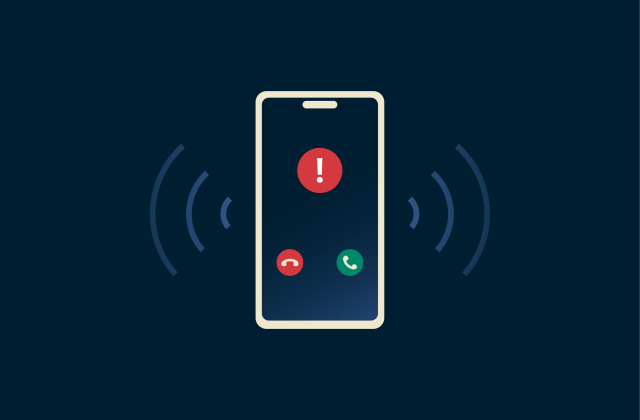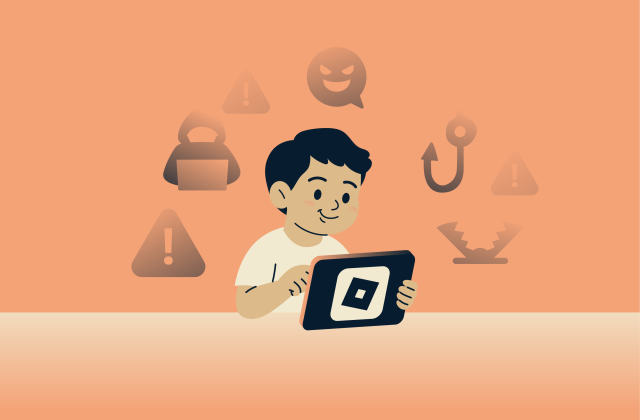ExpressVPN blog
Your destination for privacy news, how-to guides, and the latest on our VPN tech

Latest Posts
-
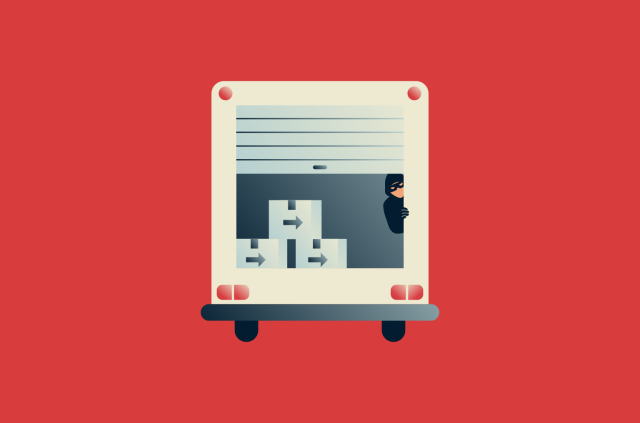
How to recognize and prevent FedEx scams
You’re expecting a delivery when a message from “FedEx” appears in your inbox. It looks like a routine delivery update, but if it’s fake, clicking it could put your personal information at ris...
-

Brushing scams: What they are and how to protect yourself
Brushing scams are schemes where online sellers send out scam packages. This is done to create fake verified purchases and boost the sellers’ store rankings; they may even post positive reviews unde...
-
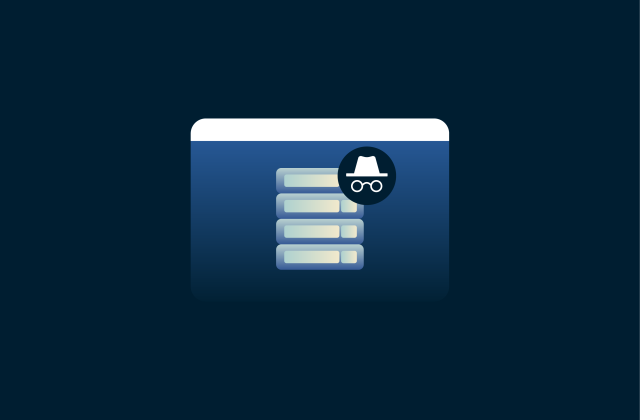
What are anonymous proxies, and how do they work?
Tools like anonymous proxies claim to provide “total anonymity” by redirecting your online activity through a proxy server. But what level of privacy do they really provide? In this guide, we’ll...
Featured
See allFeatured Video
-
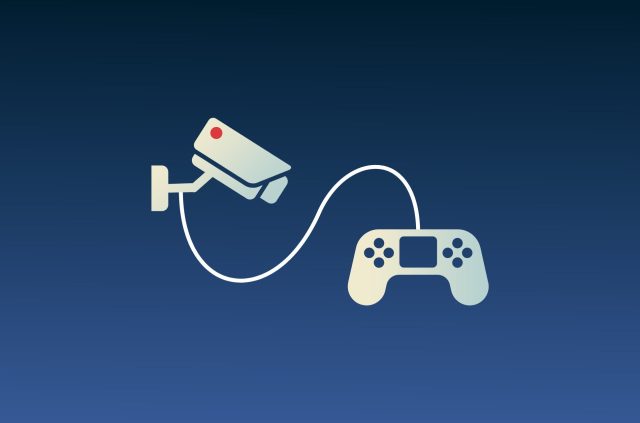
Top 10 video games that will change how you view privacy
If you love online gaming and are interested in privacy, check out these video games that involve hacking, cybersecurity, and surveillance. Not only are they fun, but they’re designed to give...
